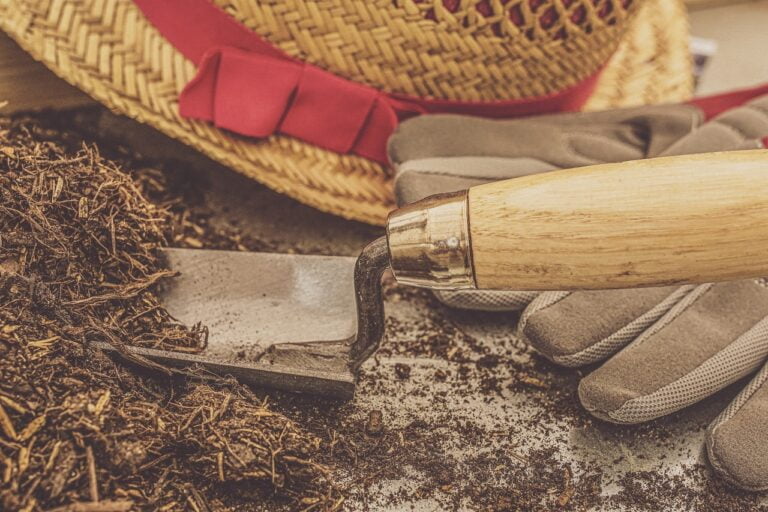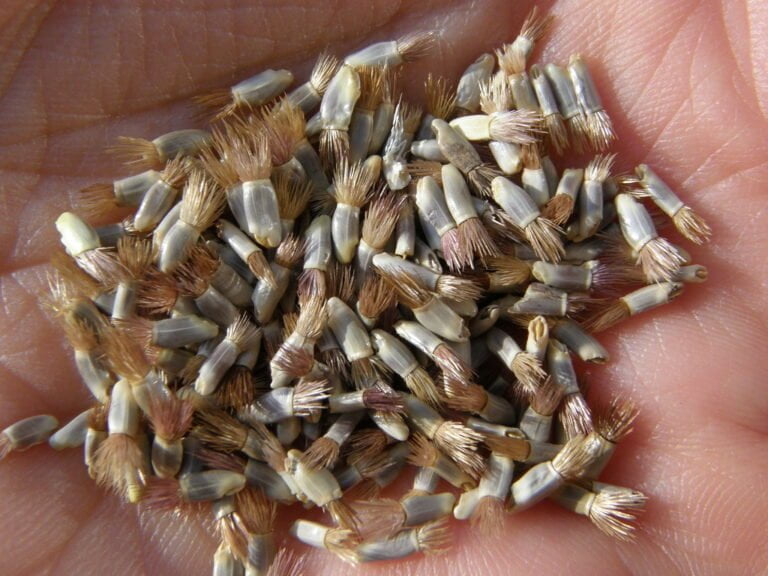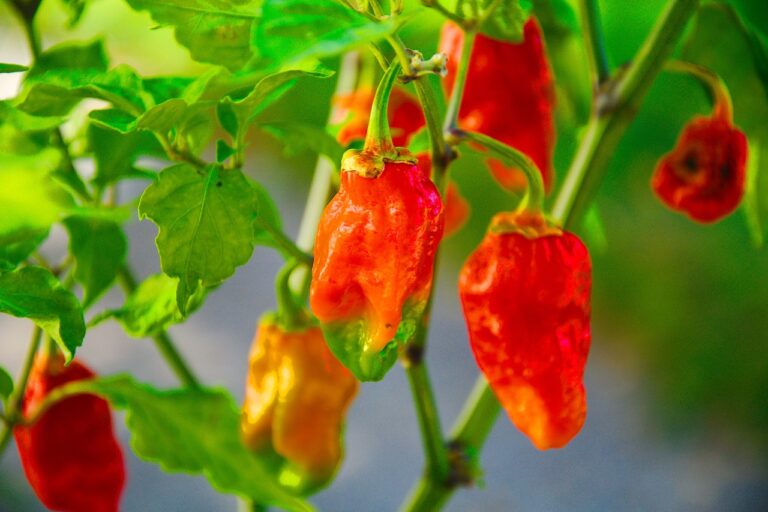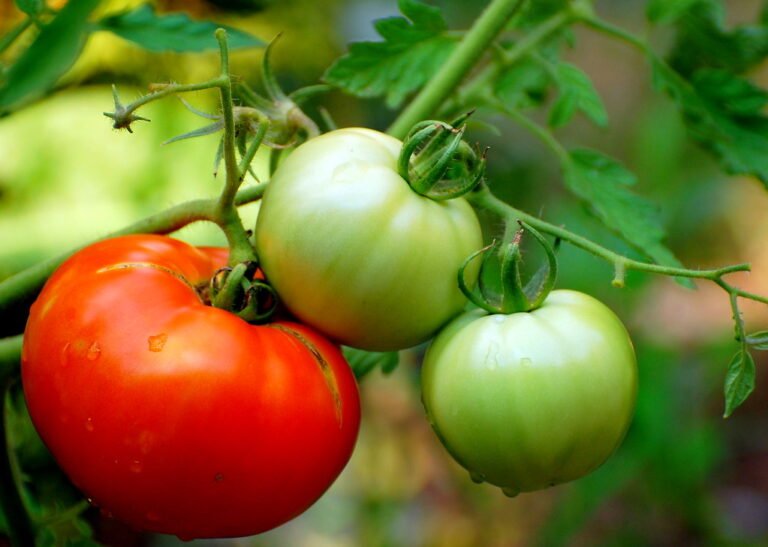The Ideal Watering Frequency for Lettuce
To guarantee ideal growth, water lettuce every 1-2 days for consistent moisture in its shallow root zone. Lettuce’s roots are shallow, reaching 6-12 inches deep. The right watering frequency is vital for its health and productivity. Factors like soil type, temperature, and drainage influence watering needs. Deep watering once a week promotes strong root development. Adjust watering based on sunlight and temperature changes. Consistent watering prevents growth problems and helps build a robust root system. Maintaining proper moisture levels is essential for lettuce’s stability and nutrient absorption. Discover the best watering routine for your lettuce plants!
Watering Frequency for Lettuce Growth
When growing lettuce, it is vital to water the plants every 1-2 days to promote ideal growth. Lettuce has shallow roots that typically extend around 6-12 inches into the soil, making it critical to maintain consistent moisture levels in the root zone. The frequency of watering lettuce is influenced by various factors, including soil composition, temperature, sunlight exposure, and drainage.
The soil plays a significant role in determining the watering needs of lettuce. Well-draining soil is necessary to prevent waterlogging, which can lead to root rot. Sandy loam or loamy soil types are ideal for lettuce cultivation as they allow for adequate moisture retention without becoming waterlogged. Monitoring soil moisture levels is key to ensuring that the roots receive sufficient water without being waterlogged.
Watering frequency should be adjusted based on external conditions. In hot weather, lettuce plants may require daily watering to prevent wilting and dehydration. On the other hand, cooler temperatures or overcast conditions may allow for watering every 2-3 days. It is crucial to observe the plant’s response to watering and adjust the frequency accordingly to maintain ideal growth conditions for lettuce. By closely monitoring soil moisture and adapting the watering schedule as needed, healthy lettuce plants with vibrant foliage can be cultivated successfully.
Optimal Lettuce Watering Schedule
I emphasize the critical nature of determining the best watering schedule for lettuce growth. Factors such as weather conditions and soil drainage play a significant role in deciding how frequently lettuce should be watered. Monitoring soil moisture levels and adjusting watering frequency accordingly are key practices for ensuring the health and productivity of lettuce crops.
Watering Frequency Importance
Ensuring the best watering frequency for lettuce is essential in maintaining its health and growth. Lettuce, with its shallow roots, requires consistent moisture to thrive. The watering frequency directly impacts the plant’s ability to access water and nutrients, making it important to meet its needs adequately. Light, frequent watering can lead to surface-level root growth, while deep, infrequent watering encourages roots to grow deeper, enhancing the plant’s stability and resilience. Monitoring soil moisture levels is crucial in adjusting the watering schedule to prevent under-watering or over-watering. By providing a consistent watering routine tailored to the specific requirements of lettuce, you can promote healthy growth, prevent stress, and optimize the overall productivity of your lettuce plants.
Factors Affecting Watering
Ideal lettuce watering schedules are intricately influenced by factors such as soil drainage, sunlight exposure, and ambient temperatures. When determining the best watering frequency for lettuce, it is vital to take into account these environmental factors:
- Soil Drainage: Proper drainage is vital to prevent waterlogging, which can lead to root rot. Well-draining soil allows excess water to move away from the roots efficiently.
- Sunlight Exposure: Lettuce plants need adequate sunlight for photosynthesis, but excessive heat can increase evaporation rates, requiring more frequent watering to maintain soil moisture levels.
- Environmental Factors: Ambient temperatures play a significant role in determining how often lettuce should be watered. Warmer weather typically necessitates more frequent watering to prevent dehydration.
Monitoring Soil Moisture
After considering factors such as soil drainage, sunlight exposure, and ambient temperatures, the top lettuce watering schedule hinges on closely monitoring soil moisture levels. To accurately assess soil moisture, I recommend inserting a finger up to the second knuckle in the pot. If the soil feels dry at this depth, it indicates the need for watering lettuce. Regularly checking soil moisture is crucial to prevent underwatering, which can negatively impact plant health. Conversely, overwatering can lead to root rot issues, underscoring the importance of maintaining an ideal watering frequency. By monitoring soil moisture levels diligently, gardeners can guarantee that their lettuce plants remain healthy and thrive in the perfect growing conditions.
Best Watering Routine for Lettuce
For essential growth and health of lettuce plants, deep watering sessions once or twice a week are vital to maintain consistent soil moisture levels. Deep watering guarantees that the roots of lettuce plants receive a sufficient water supply that penetrates the soil deeply, promoting healthy root development and overall plant vigor. Here are three key points to ponder for the best watering routine for lettuce:
- Significant: Water lettuce plants deeply once or twice a week to provide enough moisture for their growth and development. This frequency helps establish a robust root system that can efficiently absorb nutrients from the soil.
- Critical Factors: Adjust the watering schedule based on environmental conditions such as temperature and sunlight exposure. During hot and dry periods, lettuce may require more frequent watering to prevent wilting and dehydration.
- Consistent: Maintaining a regular watering schedule is vital for the ideal growth and health of lettuce plants. Fluctuations in soil moisture levels can lead to issues like stunted growth, bolting, or bitter-tasting leaves. By sticking to a regular watering routine, you can guarantee that your lettuce plants thrive and produce quality yields.
Ideal Watering Frequency for Lettuce Care
Watering frequency for lettuce care is an important aspect that greatly influences the growth and health of the plants. Water lettuce plants, both indoors and outdoors, require regular watering to thrive. When cultivating lettuce in containers indoors, it is recommended to water every 1-2 days to maintain adequate soil moisture levels. On the other hand, lettuce grown in garden settings outdoors may need daily watering, especially in warmer climates, to prevent the soil from drying out.
To determine the ideal watering schedule for your lettuce, it is vital to monitor soil moisture levels closely. The shallow root systems of lettuce plants make them sensitive to fluctuations in moisture, necessitating consistent watering routines. Adjusting the watering frequency based on the soil’s moisture content and prevailing weather conditions is essential for promoting the best growth and preventing issues such as wilting.
Incorporating a regular watering schedule and ensuring the soil remains consistently moist but not waterlogged is key to supporting healthy lettuce growth. By paying close attention to the moisture needs of your lettuce plants and providing them with the appropriate amount of water, you can help them thrive and produce bountiful, crisp leaves for your salads.
Effective Watering Frequency for Lettuce Plants
When maintaining lettuce plants, the effectiveness of the watering frequency plays a significant role in guaranteeing ideal growth and health. Water your lettuce according to the following guidelines for effective care:
- Monitor Soil Moisture: It is vital to check the soil moisture regularly to determine when your lettuce plants need to be watered. Insert your finger into the soil up to an inch deep to assess dryness.
- Adjust Based on Environmental Factors: Take into consideration variables such as temperature and sunlight exposure when deciding how often to water your lettuce. In hot weather conditions, you may need to water your lettuce plants more frequently to prevent dehydration.
- Consistency is Key: Consistent and adequate watering is essential for healthy lettuce growth and leaf development. Ensure that your watering schedule aligns with the needs of your plants to maintain the best moisture levels.
Recommended Watering Frequency for Lettuce
I suggest watering lettuce plants every 1-2 days in warm conditions to maintain ideal soil moisture. Adjust the watering frequency based on the soil’s moisture levels and the prevailing weather conditions. Daily watering may be necessary during hotter periods to prevent dehydration and guarantee steady growth.
Optimal Watering Schedule
To maintain ideal soil moisture levels for lettuce, the suggested watering frequency usually ranges from every 1-2 days. Adjusting the watering schedule based on factors such as soil drainage, weather conditions, and the growth stage of the plant is vital for best growth. In hot climates, where moisture evaporates quickly, lettuce may require daily watering to prevent wilting and damage to the leaves. Conversely, in cooler or overcast conditions, it may be sufficient to water every 2-3 days to prevent waterlogged soil. Monitoring the soil moisture regularly and adapting the watering frequency accordingly will help ensure the health and vigor of your lettuce crop.
- Consider soil drainage, weather conditions, and plant growth stage.
- Daily watering may be necessary in hot climates to prevent wilting.
- Adjust watering frequency to avoid waterlogged soil in cooler or overcast conditions.
Signs of Overwatering
After considering factors like soil drainage and weather conditions, it is vital to recognize the signs of overwatering in lettuce plants to adjust the watering frequency effectively. Common signs of overwatering in lettuce plants include yellowing and swollen leaves. Excess water can cause the leaves to become translucent and detach easily from the plant. Additionally, overwatered lettuce leaves may turn mushy, negatively impacting the overall health of the plant. To prevent overwatering, it is important to adjust the watering frequency and guarantee proper drainage to maintain ideal soil moisture levels. Monitoring soil moisture levels regularly is key to preventing the detrimental effects of overwatering on lettuce plants and promoting healthy growth.
Lettuce Watering Guidelines
For essential growth and health of lettuce plants, it is ideal to adhere to specific watering guidelines based on the plant’s requirements and environmental conditions. Lettuce needs a consistent supply of water to thrive, with an average requirement of 1-1.5 inches of water per week. To ensure peak growth, it is vital to monitor soil moisture levels and adjust watering frequency accordingly. Here are some key lettuce watering guidelines to take into account:
- Monitor Soil Moisture: Regularly check the moisture levels in the soil to make sure it remains consistently moist but not waterlogged. The shallow root systems of lettuce plants require frequent watering to prevent wilting and stress.
- Adjust Based on Weather Conditions: Be mindful of weather patterns and adapt your watering schedule accordingly. During hot and dry periods, lettuce may require more frequent watering to combat evaporation and maintain adequate soil moisture levels.
- Prevent Overwatering: While it is crucial to provide enough water, overwatering can be harmful to lettuce plants, leading to root rot and other issues. Finding the right balance in watering frequency is vital for the overall health of the lettuce crop.






